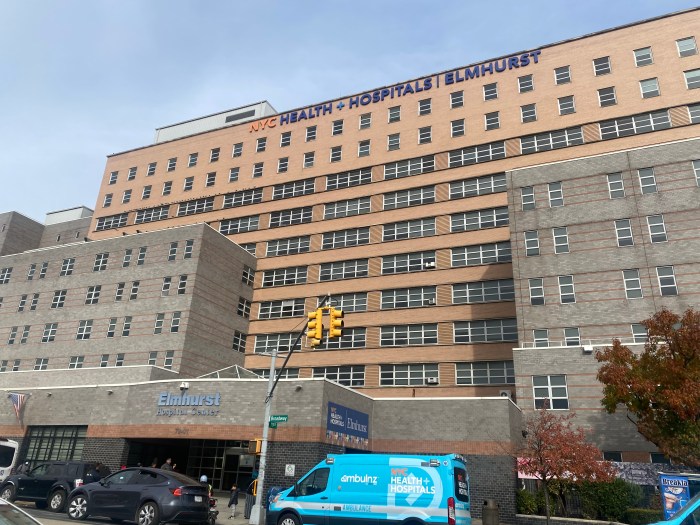Diabetic eye disease is the leading cause of blindness among adults ages 20 to 74. Although regular eye exams are a proven way to prevent vision loss, surveys have shown that less than half of people with diabetes get their eyes checked on a regular basis.
“November is Diabetic Eye Disease Awareness Month, and we are urging everyone who has diabetes to get a dilated eye exam at least once each year,” says Dr. Mark Fleckner, an ophthalmologist specializing in diseases of the retina. “We are also asking family members to make sure their loved ones get the care they need to keep their eyes healthy.”
Pregnant women with diabetes should also have an eye exam in the first trimester, since diabetic eye disease can progress rapidly during pregnancy, according to Fleckner, who has offices in Fresh Meadows and in Garden City, Long Island.
Diabetes has reached epidemic proportions. Nearly 24 million Americans have the disease and about one-quarter of them don’t know it, according to the American Diabetes Association. High blood sugar levels caused by diabetes can damage the tiny blood vessels in the eye’s retina, and this can lead to vision loss.
“It’s really a shame that so many people with diabetes are not aware that their eyes need to be checked annually to preserve their sight, even if they don’t have symptoms,” Fleckner said. At first, people may not notice any changes in their sight and may even have 20/20 vision. But over time, diabetic retinopathy usually gets worse and causes vision loss.
“Unfortunately, many people with diabetes already have advanced eye disease when they finally go for an eye exam,” said Fleckner. “By the time they’re aware of any visual problems, they’ve already sustained permanent damage. It’s tragic to see anyone lose their sight from diabetic retinopathy because it is highly preventable with early detection and treatment.”
The risk of developing diabetic retinopathy increases with the number of years one has diabetes. After 15 years, almost 80 percent of people with Type 1 diabetes have some form of eye disease, according to the American Academy of Ophthalmology. But retinopathy can also develop within the first year or two after the onset of diabetes.
Anyone who has blurred vision, notices a change in vision in one eye or sees floating spots should make an appointment quickly with an ophthalmologist, Fleckner said. During the exam, the physician will dilate the eye, or enlarge the pupil, so he can look inside to check for signs of the disease.
Early detection, timely treatment, and follow-up care can reduce the risk of vision loss by 90 percent, according to Dr. Fleckner. When caught early, laser treatment can often save sight.
In addition to yearly eye exams, doctors say it’s important for people with diabetes to develop good health habits to preserve their vision. That means watching their diet and maintaining a healthy weight, getting regular exercise, not smoking and carefully controlling their blood sugar levels.
Anyone who would like to make an appointment is invited to call Dr. Fleckner’s office: 718-454-7700 or 516-739-5905.
Courtesy of rfrank@robinfrank.com.



































